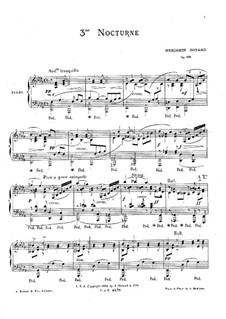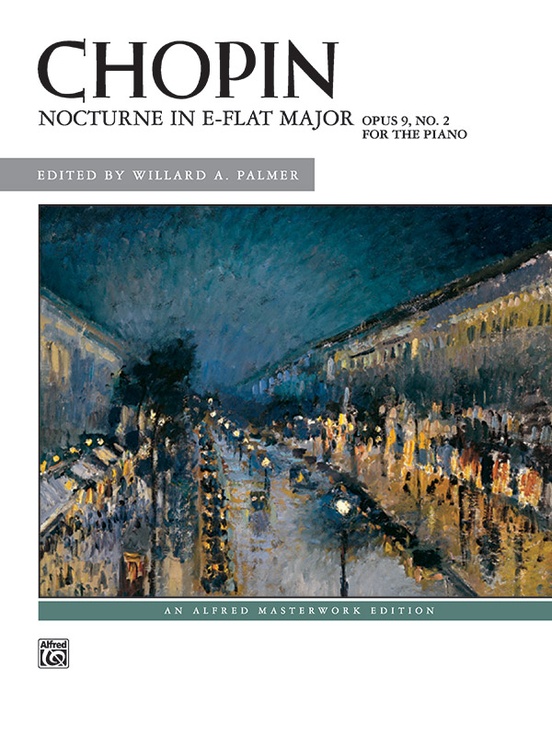
The Lipatti and Smeterlin performances are also favorites of mine, as is the incomparable elegance of Rubinstein in his Moscow performance of 1964. While there are many beautiful renditions here, Allow me to single out the 1961 recording by Dame Moura Lympany as being most exquisite and one of the finest performance of Chopin I have ever encountered. In this moment, Chopin accomplishes a dramatic effect that surpasses all the fortississimo sturm and drang of the 19th Century. There is a climactic moment at which the two forces do battle when the melody makes a final, unsuccessful attempt to break away, and gives up. What begins as a lovely, lilting and bittersweet spianato melody becomes increasingly fraught with tension as it must turn this way and that to try to evolve against accompaniment gently unwaivering in its determination. In this Nocturne there is tension between a melody trying repeatedly to take flight and escape the confines of an accompaniment unwilling to allow it to do so. In the Berceuse the left hand is virtually unchanging throughout while the right hand weaves its somniferous magic. It is similar to the Chopin Berceuse in that the melodic and dramatic narratives of the piece work themselves out over an essentially static background.īut here the comparison ends.


The Chopin Nocturne Op27-2 is sublimely beautiful piano music.


 0 kommentar(er)
0 kommentar(er)
